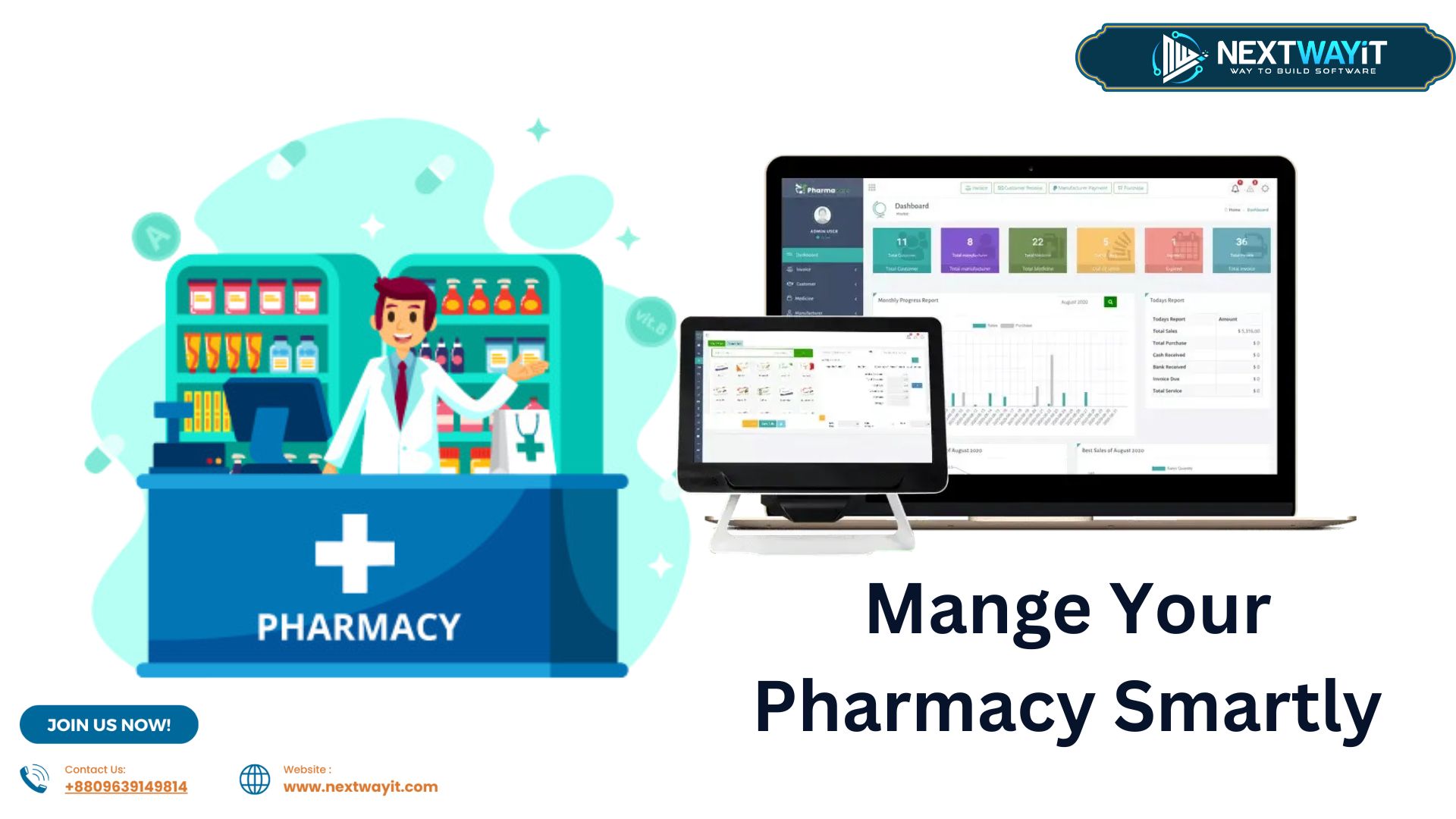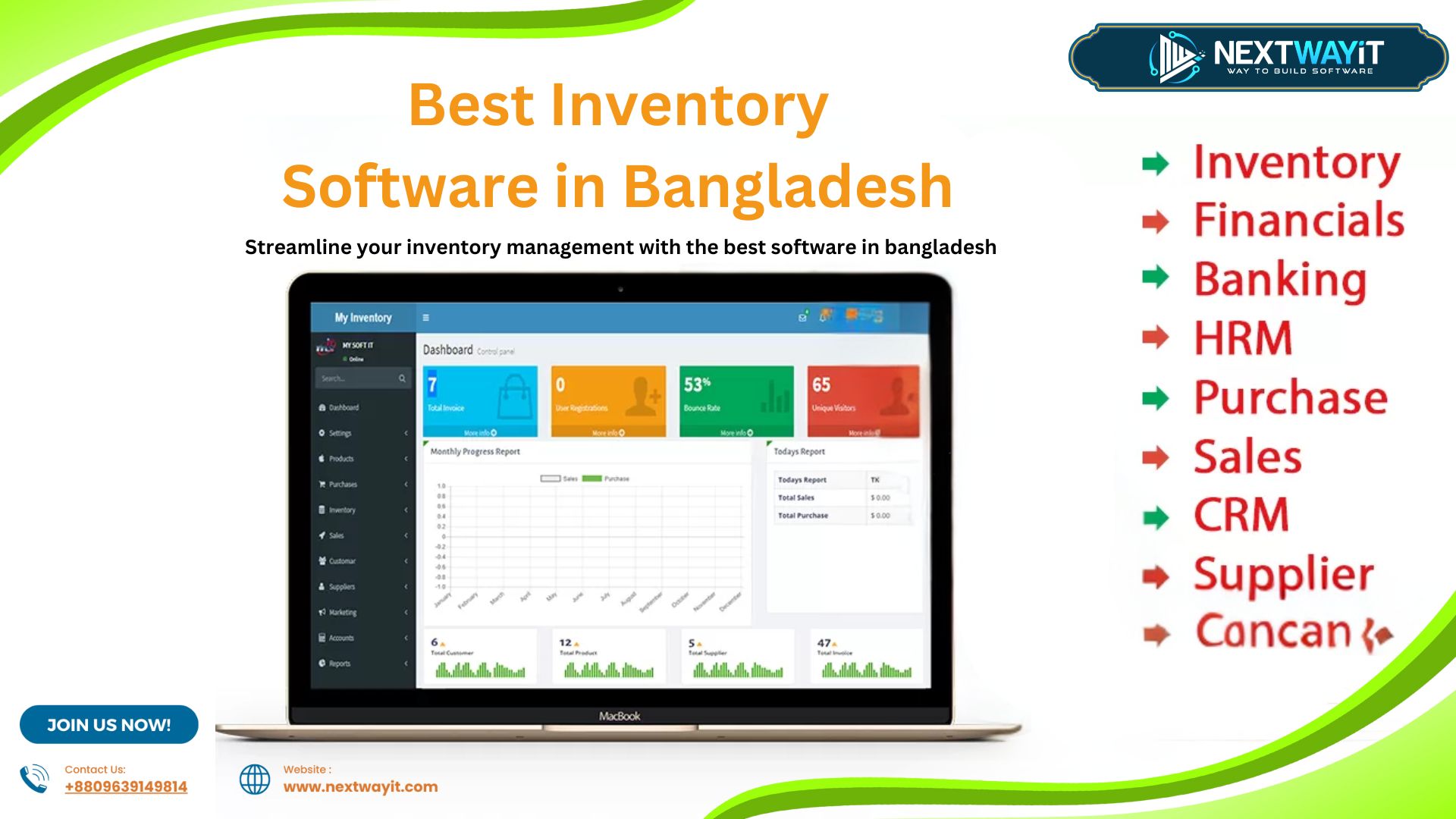
increase sells with Email Marketing
In this article, we’ll explore about increase sells with Email Marketing . In today’s digital age, email marketing remains one of the most effective ways to increase sales and engage with customers. As the SEO of Nextway IT, I’m excited to share how you can leverage the best email marketing software to boost your sales. Whether you’re a seasoned marketer or just getting started, this guide will provide you with the insights and strategies you need to succeed.
What is Email Marketing?
Email marketing involves sending commercial messages to a group of people via email. These messages can range from promotional offers and product updates to newsletters and customer surveys. The goal is to build relationships with customers, keep them informed, and ultimately drive sales.
The Importance of Email Marketing
Why is email marketing so crucial? For starters, it allows you to reach a large audience directly in their inboxes. Unlike social media, where your posts can get lost in the noise, emails are more personal and can be tailored to individual preferences. Plus, email marketing offers a high return on investment (ROI), making it a cost-effective strategy for businesses of all sizes.
Building an Email List
Start with Existing Contacts
Your current customers and contacts are a great starting point for building your email list. These individuals already have an interest in your products or services, making them more likely to engage with your emails.
Use Signup Forms
Integrate signup forms on your website to capture new subscribers. Offer incentives like discounts or free resources to encourage visitors to join your email list.
Leverage Social Media
Promote your email list on social media platforms. Use engaging posts and call-to-action buttons to drive followers to your signup form.
Crafting the Perfect Email
Subject Line
The subject line is the first thing recipients see, so make it count. Keep it short, intriguing, and relevant to the content of your email.
Personalization
Personalized emails perform better than generic ones. Use the recipient’s name and tailor the content to their preferences and past interactions with your brand.
Engaging Content
Ensure your email content is valuable and engaging. Include a mix of text, images, and links to make it visually appealing and easy to read.
Segmentation and Targeting
Why Segment Your List?
Segmentation involves dividing your email list into smaller groups based on specific criteria. This allows you to send more targeted and relevant emails, increasing the chances of engagement.
How to Segment Your List
Segment your list based on factors such as demographics, purchase history, and email engagement. Use your email marketing software to automate this process and send tailored messages to each segment.
Automation in Email Marketing
Welcome Series
A welcome series is a set of automated emails sent to new subscribers. It helps introduce them to your brand and encourages them to make their first purchase.
Abandoned Cart Emails
Abandoned cart emails remind customers who left items in their online shopping carts to complete their purchase. These emails can significantly boost your sales by recovering lost revenue.
Best Practices for Increasing Sales
Timing and Frequency of Emails
Timing can significantly impact the effectiveness of your emails. Test different times and days to see when your audience is most responsive. Also, be mindful of the frequency; too many emails can lead to unsubscribes, while too few can result in missed opportunities.
Calls to Action (CTAs)
A strong call to action guides the recipient on what to do next. Whether it’s “Shop Now,” “Learn More,” or “Sign Up,” make sure your CTA is clear, compelling, and easy to follow.
Analyzing and Optimizing
Open Rates
Monitor your email open rates to see how many recipients are opening your emails. Experiment with different subject lines and send times to improve this metric.
Click-Through Rates
Click-through rates indicate how many recipients clicked on links within your email. Ensure your emails contain clear and compelling calls to action.
Conversion Rates
Conversion rates measure how many recipients completed a desired action, such as making a purchase. Optimize your email content and offers to increase conversions.
Common Mistakes to Avoid
Overloading with Emails
Sending too many emails can overwhelm your subscribers and lead to higher unsubscribe rates. Find a balance in your email frequency to keep your audience engaged without annoying them.
Ignoring Mobile Optimization
A large percentage of emails are opened on mobile devices. Ensure your emails are mobile-friendly with responsive designs and easy-to-read content.
Conclusion
Email marketing is a powerful tool for increasing sales and building customer relationships. By following these strategies and leveraging the best email marketing software, you can create effective campaigns that drive results. Remember to continuously analyze and optimize your efforts to achieve the best possible outcomes.
For more information and to explore the best email marketing software, visit Nextway IT.
FAQs
- How often should I send marketing emails?
The frequency of your emails depends on your audience and the type of content you share. Start with a weekly or bi-weekly schedule and adjust based on engagement and feedback.
- What is a good open rate for email campaigns?
A good open rate varies by industry, but a general benchmark is around 20-30%. Continuously test and optimize your subject lines to improve your open rates.
- How can I reduce my email bounce rate?
Ensure your email list is clean and up-to-date. Remove invalid addresses and use double opt-in methods to confirm subscribers’ email addresses.
- What types of content should I include in my emails?
Include a mix of promotional offers, product updates, educational content, and engaging visuals. The key is to provide value to your subscribers with each email.
- Can I use email marketing for B2B sales?
Absolutely! Email marketing is effective for both B2B and B2C sales. Tailor your content to address the specific needs and pain points of your business clients.



